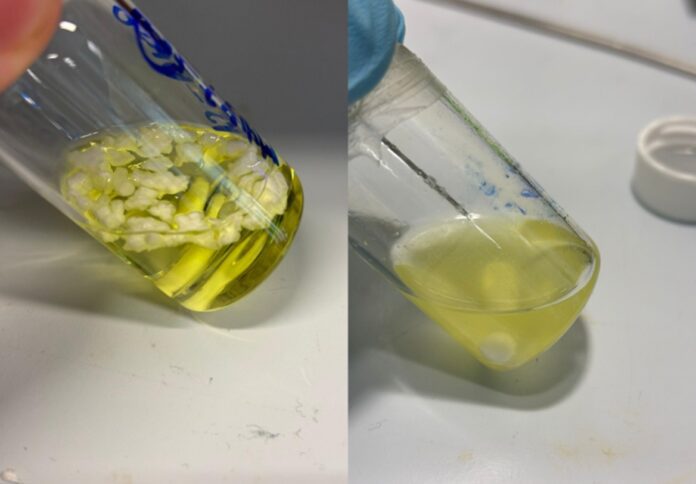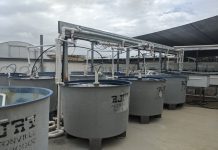
In a significant stride towards sustainable waste management, chemical engineers at UNSW Sydney have developed an innovative process to break down a wide range of plastics using just sunlight, air, and a common chemical compound.
This method, which operates at room temperature and employs ferric chloride—a chemical commonly used in high school experiments—could revolutionise the way we handle plastic waste, the university stated in a news release.
The research, recently published in Macromolecular Rapid Communications, showcases a low-energy approach that can degrade tough polymers, including polystyrene, by up to 90 per cent in under 30 minutes.
With extended exposure, the reduction increases to an impressive 97 per cent after three hours.
According to researchers, the method is not only efficient but also versatile, having been successfully tested on seven distinct types of polymers.
Dr Maxime Michelas, a researcher from the School of Chemical Engineering at UNSW and part of Professor Cyrille Boyer’s team, emphasised the global potential of this breakthrough.
“I think it’s very important to degrade the polymer and turn it into another feedstock we can use for other things, or just to reduce the amount of microplastics in the world,” Dr Michelas said.
In further tests, the researchers substituted sunlight for purple light and exposed the test environment to ambient air. Remarkably, the process continued to work, albeit at a slightly slower pace.
“Our proposal here is to make the simplest system to degrade polymers,” Dr Michelas explained.
He noted that previous research in this area often relied on more complex systems involving electricity, electrodes, and various co-solvents or co-catalysts, which limited their effectiveness to a narrow range of polymers.
Professor Boyer’s team, however, expanded the range of degradable polymers, successfully breaking down materials such as polyvinyl chloride (PVC), poly(meth)acrylates (commonly used in paint), and polyvinyl acetate.
“We are creating very simple organic compounds (such as acetone) after the degradation of these polymers,” Prof. Boyer said.
“These molecules can then be further degraded by bacteria, for example, and completely removed from the environment or reused as feedstock to create new polymers.”
Despite its many advantages, researchers noted the process does face some limitations. The need for an organic solvent poses environmental challenges, as the system is not yet compatible with water.
“If it was, we would directly use it in water, degrade the plastic or the microplastic present in wastewater to form small organic compounds that could be digested by bacteria using a bioreactor,” Prof Boyer explained.
Moreover, the byproducts of the degradation process are not fully controlled, meaning that while the plastic is broken down, the exact nature of the resulting compounds is still uncertain.
Looking ahead, Prof Boyer’s team is focused on finding new catalysts that could operate in water, which would greatly enhance the environmental benefits of the process.
Additionally, they are exploring ways to eliminate the need for solvents altogether.
“If we can find a catalyst that works in water, I think this will open a lot of opportunities,” Prof Boyer concluded.



















